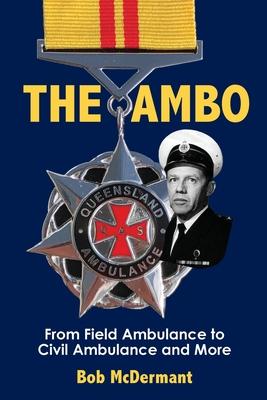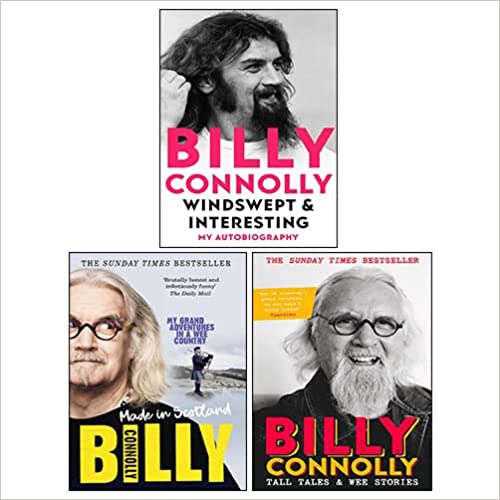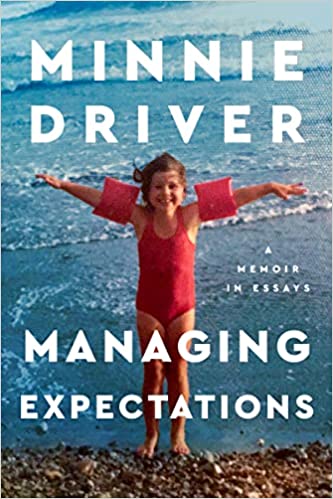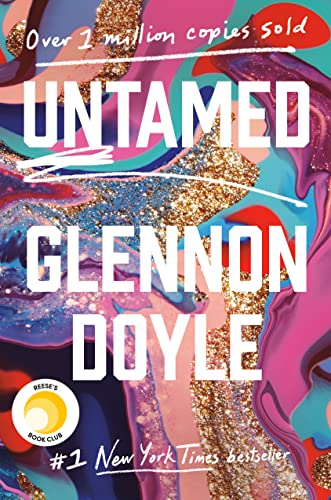How many ways can you write a memoir? Let me count the ways...
Many people who decide to write their memoir or life story, especially if it's their first foray into writing, think that the best way to do it is chronologically - starting with their childhood ( 'I was born into a poor but honest family in a little village in the Cotswolds'), then narrating all the events of their life in a linear manner to the present ('And now here I am in the twilight of my life, surrounded by my loving grandchildren.’)
But there are many other ways to write a memoir, which can make for a much more original and compelling story than the standard chronological narrative.
Here are some of those methods.
Start In The Middle
If you read fiction, particularly suspense or crime novels, you’ll notice that authors often use this trope. The prelude or first chapter, usually short, describes a dramatic incident from the middle of the novel. It grabs your attention, ends on a cliffhanger and compels you to keep reading.
In the next chapter, the book then jumps back to the beginning of the story and works its way chronologically towards this incident, and then to the end.
This can work just as well for a memoir, and is a very effective way to get the reader hooked on your story right away.
Think of an incident that caused a transformation in you and/or your life - for example, leaving a marriage, starting a travel adventure, doing a course that changed you. Often it will be the climax of your story.
Then write a short account of it, just enough that the reader can follow what’s happening without a lot of backstory. Make sure you jump right into the story in the first couple of lines to get the reader’s attention.
At the end of the chapter, leave the resolution of that incident hanging, with just a hint of what’s to come.
I used this method in The Ambo, a book I ghost wrote for Bob McDermant, one of the pioneers of the Queensland Ambulance Service. (QAS)
There was no formal training for ambulance officers when Bob joined QAS in 1947. He and his colleague Arthur agitated for a training course for years, with no luck.
A pivotal moment in the story is when they are finally given permission to run a course, and this is where I begin it.
‘Training? We’ve tried all that rubbish, it doesn’t work,’ the Superintendent said.
This dismissive and archaic attitude to training, that wouldn’t be shared by many today, hooks the reader straight away.
I go on to briefly summarise Bob and Arthur’s struggle to persuade the upper echelon to implement training courses, and then the unexpected and joyful moment when they’re finally given the go-ahead.
Then I end the chapter with:
I was dumbfounded. Ten years of agitating for training, banging our heads against the brick wall of apathy and resistance to change, was finally over.
But it was only the beginning of another long and challenging road.
The reader is then compelled to keep reading to find out what other challenges Bob and Arthur have to overcome.
Write In Themes
With this method, the book is not structured chronologically, but according to themes. A good example of this is Billy Connolly’s recent autobiography Windswept and Interesting.
Each chapter deals with a different topic or theme and the stories within the chapter are relevant to that theme.
For example, the chapter Never Change Planes to Wash Your Socks is about the various holidays Connolly’s been on, the chapter If No-one Gives You a Medal, Design Your Own is about his experiences of fear and the chapter If You Arrive On a Motorcycle You’ll Have a Better Day is about (you guessed it!) his love of motor bikes.
Even though the book is not written chronologically, the stories within the chapters generally are, so there is still an overall narrative arc, that reveals how the events in his life have influenced his behaviour and attitudes and led him to where he is today.
Needless to say, the book is funny, entertaining and poignant, and well worth a read.
If your life lends itself to being divided into topics or themes – and as you can see from the above examples, they don’t have to be deep and meaningful - this kind of structure is well worth considering.
Particularly if you can come up with amusing chapter titles. It’s all part of getting the reader hooked.
Write In Essays
‘How do I do that?’ I hear you cry.
Firstly, what is an essay? The definition is vague and can overlap with other forms of writing.
‘A short piece of writing on a particular subject.’
‘A piece of writing that gives the author’s own argument.’
British actor Minnie Driver’s memoir is called Managing Expectations – A Memoir in Essays.
Each chapter is about a certain part of her life. There are a number of scenes in each chapter, some only one line, others are pages long.
The reason the chapters are referred to as essays is because she is making a point or putting across a certain point of view in each one.
For example, the chapter You’re It talks about the unreality and fickleness of fame. The chapter Other People’s Drugs is about the role luck and coincidence plays in success in the acting industry.
Although the chapters are chronological, there are gaps in Driver’s life that she makes no effort to fill in; however, she writes in such a way that the reader can easily follow the trajectory.
Driver readily admits to deliberately leaving out parts of her life – ‘largely because there’s a lot I don’t remember, and a lot that’s not worth talking about.’
The bottom line is, writing a memoir in essays is effective if you have particular ideas/opinions/reflections that you want to convey.
If you think that would work for your memoir, I’d recommend reading Driver’s memoir to see how she does it. Besides that, it’s a good read – entertaining and heart-warming.
Divide Your Story Into Parts
You can also divide your story into parts. Each part has a theme, and the chapters within it reflect that theme. Of course, the parts must also form a cohesive narrative arc.
This is similar to number 2, Writing In Themes, except each part, instead of each chapter, has a theme.
A good example of this is the best-selling memoir Untamed by Glennon Doyle. This consists of three parts, each one representing a major emotional state of being or shift in her life.
The first part is named Caged. Each chapter is a vignette of Doyle’s life describing how she feels caged – by society’s rules and expectations and her own perceived limitations.
The second part, Keys, is about Doyle discovering the possibilities of a different way of life in which she is honouring herself and her desires, and beginning to make changes.
The third part, named Free, is by far the longest. It’s about the challenges Doyle faces and the rewards she enjoys as she embraces her newfound freedom.
The chapters within each part are short and pithy and jump back and forth in time.
This can be a little disjointing for the reader, but it’s meant to demonstrate that each of these emotional states can happen at any stage of your life.
If you want to use this method of writing your memoir, you could make the chapters in each part chronological, for a smoother flowing narrative.
Again, if this appeals to you, I’d recommend reading this candid and inspirational book.
Write Memoirs By Reading Memoirs
As you can see, there are many different and interesting ways to write a memoir, which are fun to experiment with.
And by reading memoirs, you'll get even more ideas.
I’d love to know if you’ve tried any of these methods yourself – tell me about it in the comments box below.
And if you want to write your memoir, but would prefer someone else to do it for you, I can help you.
Click the button below and simply enter your name and email address. I’ll get back to you as soon as I can and we can set up a time to chat.






Kate Ritchie in the Australian Women’s Weekly (Nov 22) suggests joining with family and friends to write a chapter each, thus creating ‘unexpected twists and turns’ that make exciting reading. I would like to try this with my husband who has led a very interesting life. Merry Christmas 🧑🎄
Hi Margie
That sounds like an interesting way to write a memoir. Why don’t you try it? You could be the project manager!